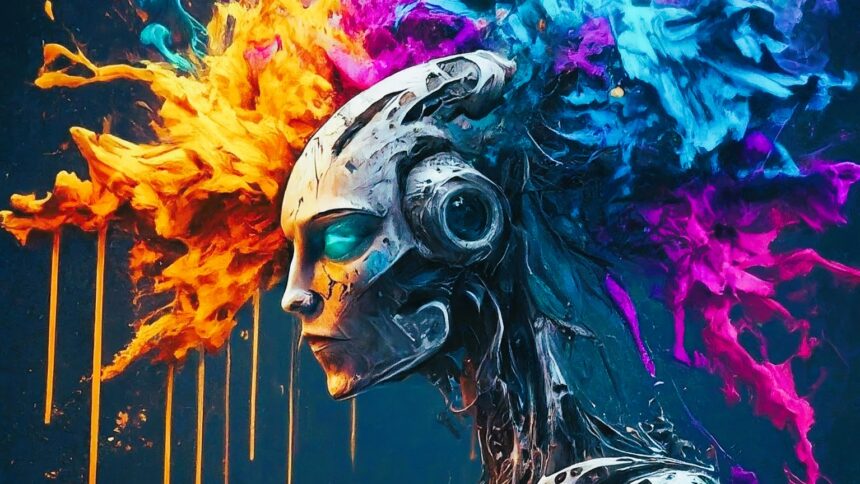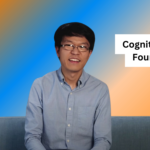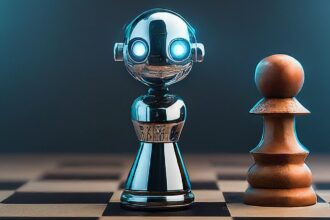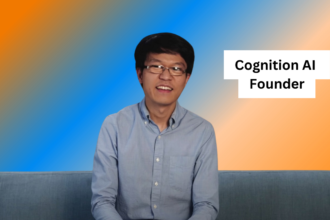Artificial intelligence (AI) has become a hotbed of innovation, and one term keeps popping up – generative AI. It’s the force behind the buzzworthy ChatGPT, and it’s changing the way we interact with technology. In this blog post, we’ll uncover what makes generative AI so special and answer your burning AI questions.
What is Generative AI?
Picture generative AI as a digital artist of sorts. Instead of simply analyzing existing data, it can create entirely new content. Think of it like this:
- Traditional AI: A brilliant student diligently studies a mountain of textbooks and information.
- Generative AI: A creative powerhouse able to write new textbooks, paint masterpieces, or compose symphonies.
Why is ChatGPT Called Generative AI?
ChatGPT is a shining example of generative AI because it excels in the art of conversation. Trained on an enormous amount of text data, ChatGPT can:
- Provide summaries of complex topics
- Respond to your questions in informative ways
- Write different kinds of creative content
- Engage in conversations that feel surprisingly human.
Is Alexa a Generative AI?
While Alexa displays impressive capabilities, it’s not quite the same as a true generative AI like ChatGPT. Alexa is primarily designed to follow instructions, like:
- Setting timers
- Playing music
- Providing weather updates
Alexa might use AI techniques, but its focus isn’t on creating new content in the same way ChatGPT does.
The Potential Downsides of Generative AI
Like any powerful tool, generative AI comes with potential pitfalls to be aware of:
- Misinformation: Generative AI models can sometimes produce inaccurate or misleading information, especially if trained on biased data.
- Plagiarism: It can become difficult to distinguish between human-created content and AI-generated output.
- Ethical concerns: Job displacement and the potential misuse of these tools for creating harmful content are valid worries.
The Main Goal of Generative AI
The ultimate aim of generative AI is to push the boundaries of machine creativity. Researchers aim to develop AI systems that can:
- Assist in content creation, making tasks more efficient.
- Generate ideas and offer diverse perspectives.
- Unlock new avenues for artistic expression.
How to Use Generative AI
The exciting part is that you can harness the power of generative AI right now! Here are some ideas:
- Experiment with ChatGPT: Visit the OpenAI website (https://openai.com/blog/chatgpt/) and see what it can do.
- Explore text-to-image generators: Try tools like DALL-E 2 or Midjourney to transform your written descriptions into unique images.
- Brainstorming & Content Support: Use generative AI to get fresh perspectives on writing projects, marketing content, or even your next creative endeavor.
Why is AI Suddenly So Popular?
Several factors have contributed to AI’s recent explosion in popularity:
- Technological Leaps: More powerful computing hardware and sophisticated algorithms have supercharged AI progress.
- Abundance of Data: The huge quantity of digital data provides the necessary fuel for training advanced AI models.
- Accessibility: User-friendly tools like ChatGPT put AI capabilities within everyone’s reach.
The Two Main Types of Generative AI Models
Let’s break down the two major categories of generative AI models:
- Autoregressive Models: These models excel at generating text, like ChatGPT. They work by predicting the next word in a sequence based on the words that came before.
- Diffusion Models: These are the masters of image generation. They start with pure noise and gradually refine it until they produce the desired image.
Which Generative AI is Best?
There isn’t a single ‘best’ generative AI. The ideal model depends on your specific needs. For text generation, ChatGPT reigns supreme. If you want stunning visuals, then diffusion models lead the pack.










